
© Jane Hackett. (Click image for larger version)
Sara Veale catches up with Jane Hackett, director of National Youth Dance Company, ahead of NYDC’s performance at Latitude Festival on 19 July.
www.sadlerswells.com/national-youth-dance-company
Dance at Latitude Festival 2015 – Who’s Who
www.latitudefestival.com
NYDC: an introduction
Rounding off the dance line-up for Latitude 2015, the Suffolk-based music and arts festival running 16-19 July, is a double bill intended to showcase some of the UK’s best and brightest teenage talent. First up is a selection of work by the grand finalists of the BBC’s 2015 Young Dancer competition, followed by a turn from the National Youth Dance Company, a 38-strong troupe featuring teens from all corners of the country.

NYDC is only in its third year, but the organisation has already managed to book some major venues around the UK, thanks to its affiliation with Sadler’s Wells. “In 2012, Michael Gove commissioned a government report on creative culture for young people, and the recommendation that came out of it was that there should be a national youth dance platform, like there is for theatre,” says Hackett when I ask about the company’s origins. “Young people haven’t had the same opportunities to get involved with dance in the past like they have with music and theatre, something that resonated with [Sadler’s Wells artistic director] Alistair Spalding. To him, this was about the future of dance, and Sadler’s is all about investing in the future of dance, so we put in a bid and were eventually awarded the funding.”
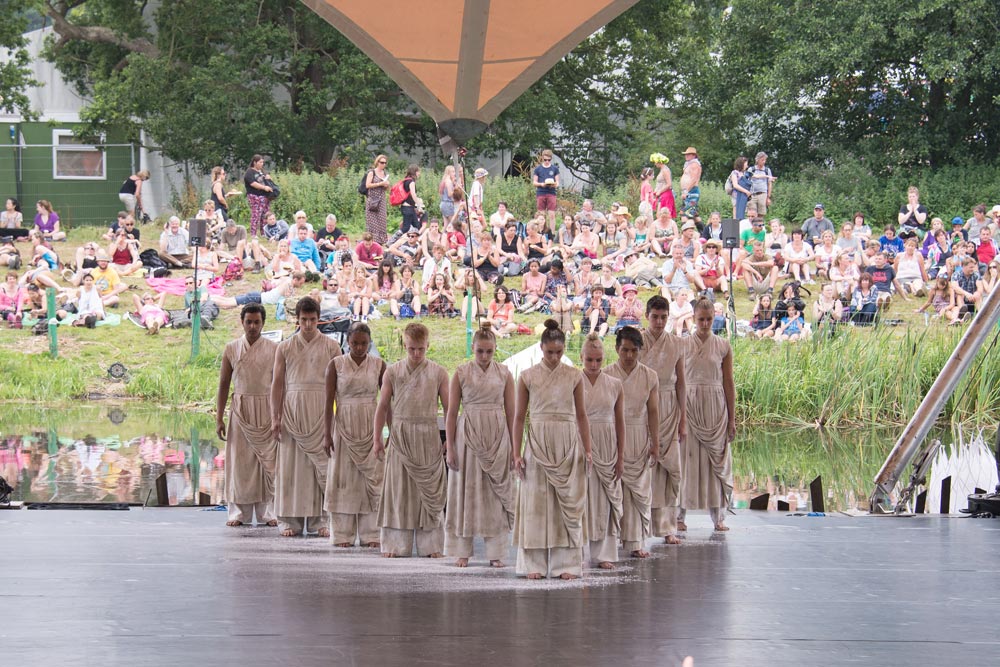
© Lise Smith. (Click image for larger version)
The resultant initiative is a training programme and a dose of professional experience all rolled into one. “We recruit 30 new dancers each year, all aged between 16 and 19, and give them the unique experience of training with professionals, creating a piece and performing it at world-class venues,” Hackett tells me. “It’s not a full-time programme, as we can’t take them out of school; rather we hold three intensive week-long residencies over October, February and Easter, and then we premiere their work on the Sadler’s stage.
“The programme has demonstrated something I’ve always believed: if you ask a lot of young people, they’ll give you a lot,” she continues. “What is three weeks a year, really? It doesn’t sound like much, but it’s an intense experience, and the product is stunning. The dancers live, eat and work together for those three weeks, learning technique, choreography and all the aspects of how to enhance a performance. They throw themselves into it, and it shows. Their work is not watered down; it’s raw talent set to choreography by artists of a high vision. If you find you don’t like their work, you should still come out saying it wasn’t great for professional reasons, not because the dancers are teenagers.”
The programme’s ins and outs
The “artists of a high vision” Hackett refers to are Sadler’s Wells Associate Artists – each season NYDC selects one to guest direct for the year. Jasmin Vardimon took on the role in 2012/13 and Akram Khan in 2013/14; this season it’s Belgian choreographer Sidi Larbi Cherkaoui.
“By bringing in a new director each year, we can ensure the offering doesn’t become stagnant,” Hackett explains. “We try to choose directors who won’t impose their style on the group but will instead bring out that group’s individual richness. Jasmin has a big background in education, so she was a natural choice for our first director. She worked closely with me on the curriculum, and together we devised a learning programme that would help us achieve our main goal, which is to challenge people’s perception of youth dance and what young people are capable of.
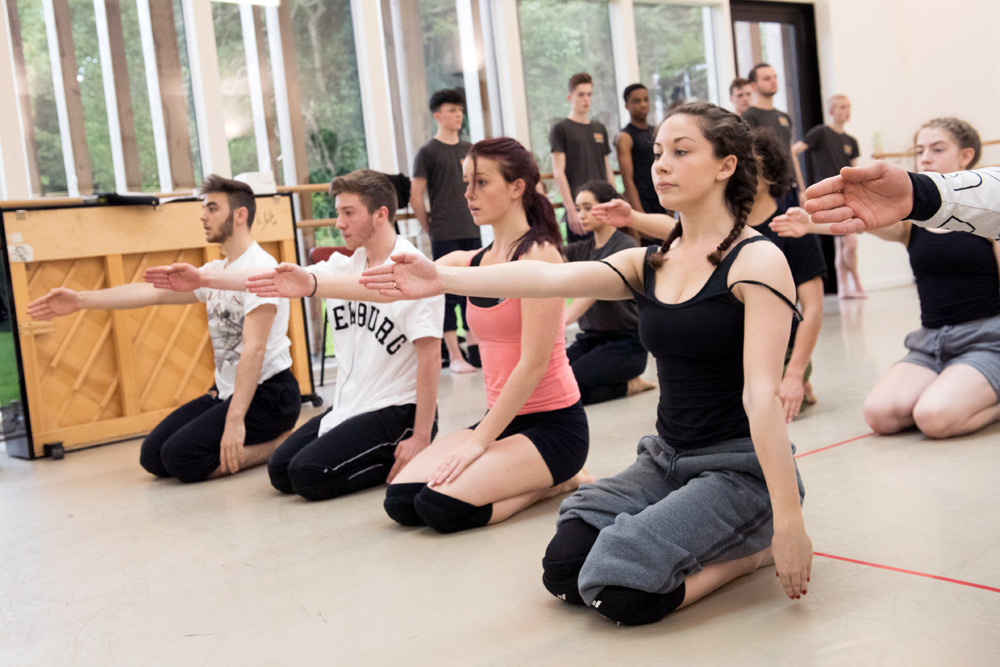
© Tony Nandi. (Click image for larger version)
“It’s wonderful for the dancers to work with these great choreographers,” Hackett continues, noting that “those doing dance A-levels are already studying Akram and Sidi Larbi in class. We’ve thought a lot about how to make the environment a respectful and professionally focused one, and they’ve responded well to that. We’ve also considered how we can counteract socially conditioned gender stereotypes – how we can produce male dancers who aren’t afraid to be expressive and show sensitivity, and female dancers who aren’t hampered by outdated ideas of what it means to be feminine, who aren’t afraid to take the lead.
“A final thing we bear in mind is how best to bring together the diverse range of backgrounds our dancers represent. Some have trained for years at formal dance schools, while others come from peer-led dance groups like hip-hop collectives. We even have self-taught dancers. What they all have in common is that they’re brave and creative, qualities we want to foster. Sidi Larbi has been especially productive on this front. He’s adapted his teaching repertoire to reflect this year’s company and make a piece that’s uniquely theirs. He works like an editor: he sets tasks for the dancers, then pieces together the outcomes to form a whole dance. The dancers get a chance to generate their own material, which means the work really does belong to them.”
![Tommy Hodgkins and National Youth Dance Company in Sidi Larbi Cherkaoui's Frame[d].© Stephen Wright. (Click image for larger version)](https://dancetabs.com/wp-content/uploads/2015/04/sw-framed-tommy-hodgkins-diangional-frames_1000.jpg)
© Stephen Wright. (Click image for larger version)
The recruitment scope
NYDC goes on a nationwide search each year to recruit its latest crop of dancers. “The talent we see around the country nearly makes me cry!” Hackett exclaims. “There’s so much talent out there. What’s not out there are opportunities and routes for those dancers to develop their talent. The difference between dance opportunities in London and outside of it is really stark, so it’s great that we have the means to go to small towns and reach out to young dancers there.”
Auditions take the form of ‘experience workshops’ held over the spring and summer. Each workshop includes a technique class, some creative tasks, and an info session on NYDC and how to pursue a dance career in general.
“We tend to see 400 to 500 people a year,” says Hackett, mentioning that around half are from recognisable training schemes and half have an informal dance background. “The selection process is geared towards accessibility – it’s absolutely not the case that if you have more training you have a better chance. We assess things like rhythm, musicality and coordination on a natural basis, not a trained basis. That’s an important bridge for people who might not have had the opportunity for much formal training.
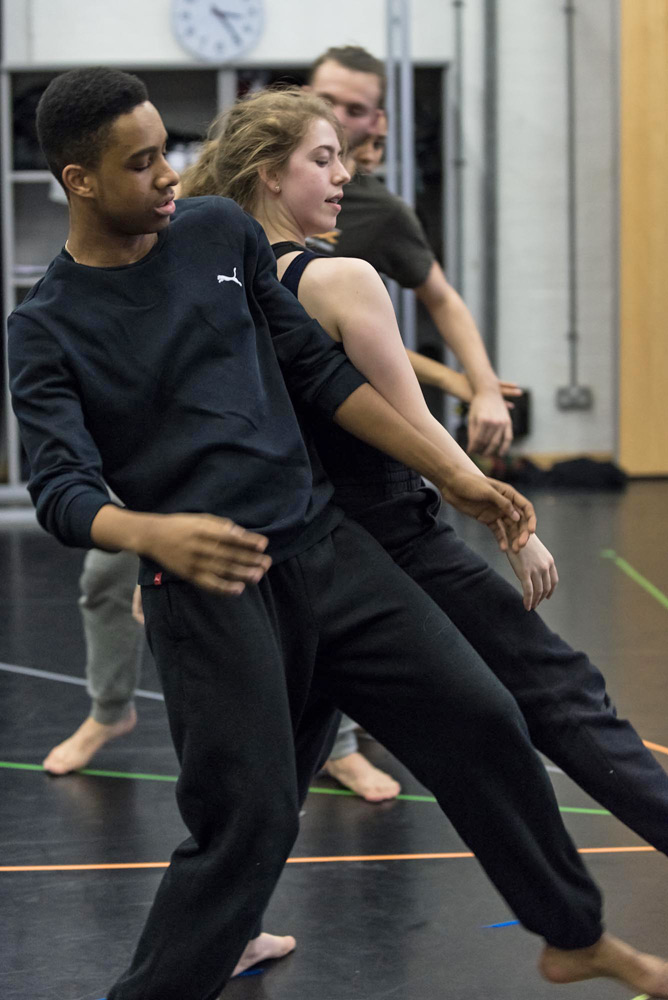
© Gigi Giannella. (Click image for larger version)
“One of the real clinchers at auditions is whether a dancer is brave enough to step into a space and improvise,” she continues. “Interestingly, that can be harder for dancers with a lot of training – they’re sometimes more inhibited and used to direction rather than freedom.”
The workshops don’t solely serve a recruitment function. “We aim to give everybody a fantastic and informative day that helps them learn about what it takes to have a career as a dancer,” Hackett says. “Only 30 can be invited into the company in the end, so it’s important to us to make sure the value of the day goes beyond whether you get that invitation. We want to help everybody we see become a better dancer.”
NYDC on tour
NYDC’s 2014/15 offering is a piece called Frame[d], which the company premiered at Sadler’s back in April and will perform at Latitude this weekend. “Sidi Larbi chose to make one big piece featuring all 38 dancers, whereas last year Akram split them into two groups,” Hackett notes. “It should be very impressive to see so many people on Latitude’s Waterfront stage. It’ll be a challenge, though, as the piece involves several giant steel frames. One of our concerns is how we’re going to get these across the very small bridge leading up to the floating stage.”
To make things easier, the company is only taking three of the five frames, she reveals. “But it’ll still be a tough space to navigate. With an open-air venue, there’s so much that can take people’s attention away – sound isn’t condensed the way it is in a theatre. The dancers will need to think about how to make the same impact with less scenery and more distractions. They’ll have to be much stronger in certain ways.”
![National Youth Dance Company in Sidi Larbi Cherkaoui's Frame[d].© Stephen Wright. (Click image for larger version)](https://dancetabs.com/wp-content/uploads/2015/04/sw-framed-indistict-bodies_1000.jpg)
© Stephen Wright. (Click image for larger version)
The Latitude performance is the fourth pit stop of seven on NYDC’s 2015 summer tour. “By the time we finish, the dancers will have seen all kinds of venues, from huge theatres like Sadler’s Wells to small ones like Midlands Art Centre,” Hackett says, pointing out that “there are different challenges for each space, so we get in early to each to figure out how we’re going to engage that particular audience.”
Unfortunately, she says, this means the dancers won’t get a chance to camp at Latitude like they did last year, when the group performed an excerpt from Akram Khan’s Vertical Road. “We have to be in Ipswich the following day, so we’ll be getting the coach there straight away. Then it’s off to Bournemouth and Plymouth and back to Sadler’s Wells.”

© Jane Hackett. (Click image for larger version)
Upon their return to London, the dancers will get straight to work on a retrospective the company has planned for September: Apex Rising, which brings together work from all three NYDC directors and their respective cohorts. “The dancers are so excited about this!” Hackett reports. “82 of our 90 alumni are participating. It’ll be a chance to look back on the fantastic rep we’ve created and show people the scale of our company.”
Looking ahead
There are many exciting paths awaiting NYDC alumni, Hackett is keen to point out. “Many naturally go on to full-time training – last year 28 of our 40 members went on to a conservatoire. 14 of them went to London Contemporary Dance School, and we’ve had great feedback on their progress – they’re the ones arriving early and staying late.” Others choose to stay on with the company for another year – the 2014/15 group includes seven second-years and one third-year – while others still opt for something new altogether. “We have alumni studying medicine, engineering, chemistry. We like to think that whatever they go on to do, their training here will be good for them.”
So what does the future hold for NYDC itself? “Going forward, we’re looking into expanding our programme so we have even more of a reach in the regions,” Hackett answers. “We recently collaborated with Yorkshire Dance on a project involving choreographers from nine youth dance groups. We’d love to do more of that in the future.
![Harry Gallowa in Sidi Larbi Cherkaoui's Frame[d].© Stephen Wright. (Click image for larger version)](https://dancetabs.com/wp-content/uploads/2015/04/sw-framed-harry-gallowa-on-bodies-pile_1000.jpg)
© Stephen Wright. (Click image for larger version)
“We’re also developing our choreographic module so we can produce young choreographers as well as dancers. It’s important to introduce people to possibilities like that; otherwise, they might unwittingly rule it out for themselves. I can’t wait to see in three of four years’ time what comes out of that.” Hackett is likewise excited about the encouragement NYDC has received from the Arts Council to do more work with dancers with disabilities. “We’ve now got some extra funding to integrate and foster the development of such dancers, and we’ve been working with companies like Stopgap and Candoco to do so. We’re planning some extra residencies on this front in the years to come.
“It’s such a privilege for us to have all the backing that we do, and it’s incredibly exciting to give opportunities to young dancers,” Hackett concludes. “Sadler’s has always strived to nurture today’s artists, and that’s what we’re doing at NYDC. We and hope to continue doing so for many years to come.”
See NYDC on 19 July at Latitude in Southwold, and 21-25 July on their UK tour.







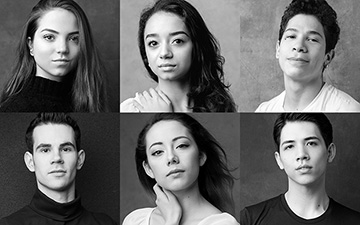
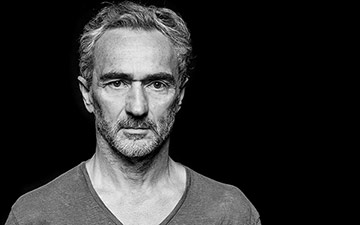
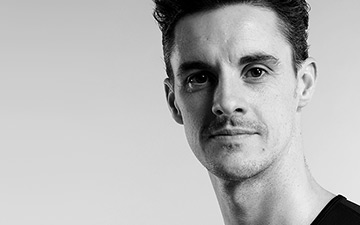
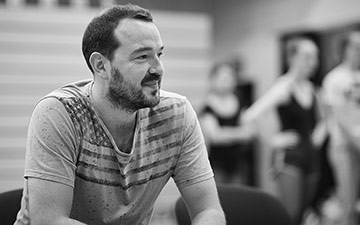




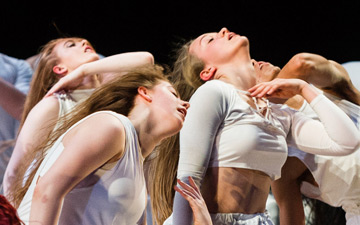

You must be logged in to post a comment.